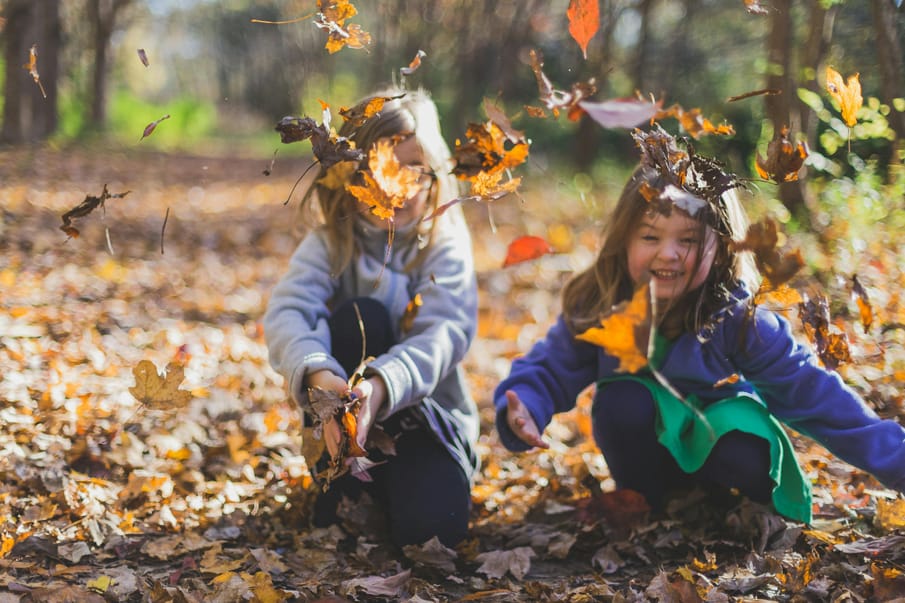New research will look to see whether forest schools can improve the mental health and wellbeing of primary school children nationwide
What are forest schools?
Inspired by the Scandinavian tradition of “Friluftsliv" which means “free air life,” forest schools are outdoor learning environments which enable children to engage with nature through activities they lead themselves. These include skills like fire building, tool use, navigation, cooking, gardening, and den making. The focus is on child-led exploration, encouraging teamwork, problem-solving, and resilience, all while promoting a love for the outdoors.
Forest schools began to gain traction in the UK in the 1980s and 90’s. The first UK forest school was opened in 1993 and since then, their popularity has grown, with hundreds of forest schools now operating across the country. According to a survey by the Forest School Association, two-thirds of the UK schools have noted an increase in demand for forest schools since the beginning of the pandemic in the spring of 2020. Some have even reported that they are completely booked for the foreseeable future.
What are forest school activities?
Forest school activities include a variety of engaging and hands-on experiences. For example, children might participate in creative projects using natural materials like mud, leaves, and sticks for artwork. They can grow plants, vegetables, flowers, and fruits, and learn to use tools such as knives, hammers, and fire safely.
Activities often include bushcraft and survival skills, like building shelters and foraging, as well as treasure hunts. Tree-related tasks involve measuring the height and age of trees, identifying different species, and even building bird nests. Sensory activities engage the children’s five senses, whilst outdoor cooking on campfires and den building add to the fun and learning of being outdoors.
Key benefits include:
- Increased confidence: Forest school activities encourage children to take risks, use different tools, explore nature, and learn through hands-on experiences. This helps them build confidence and get ready for real-world challenges.
- Improved communication skills: Through hands-on learning, students learn to evaluate problems and decide on the best solutions. This ultimately helps them become more confident in their problem-solving skills.
- Greater independence: Students are encouraged to choose their activities and projects, giving them control over their learning. This allows the children to develop themselves as independent learners.
- Enhanced resilience: Research shows that children who spend time outdoors, especially in forest schools, tend to feel less stressed. These schools allow children to take charge of their learning as they lead their own learning, make decisions around risks and become resilient in the process.
Co-lead researcher Dr. Hannah Armitt, a Clinical Research Psychologist at Humber NHS Teaching Foundation Trust and the Institute for Mental Health Research at the University of York, notes "There is a growing body of evidence which highlights how individuals who feel more connected with nature tend to experience greater happiness and a sense of purpose in life.
“Forest schools provide an immersive, child-led environment that contrasts with traditional classroom settings. By allowing children to explore their interests and experiment, forest schools foster self-esteem and purpose beyond academic achievement. Teachers report improved school attendance and enjoyment, with some children attending school exclusively on forest school days.”
You can learn more about forest schools by visiting the Forest School Association website where you can find information on programmes, training, and the benefits of forest schools for children's development.


Comments